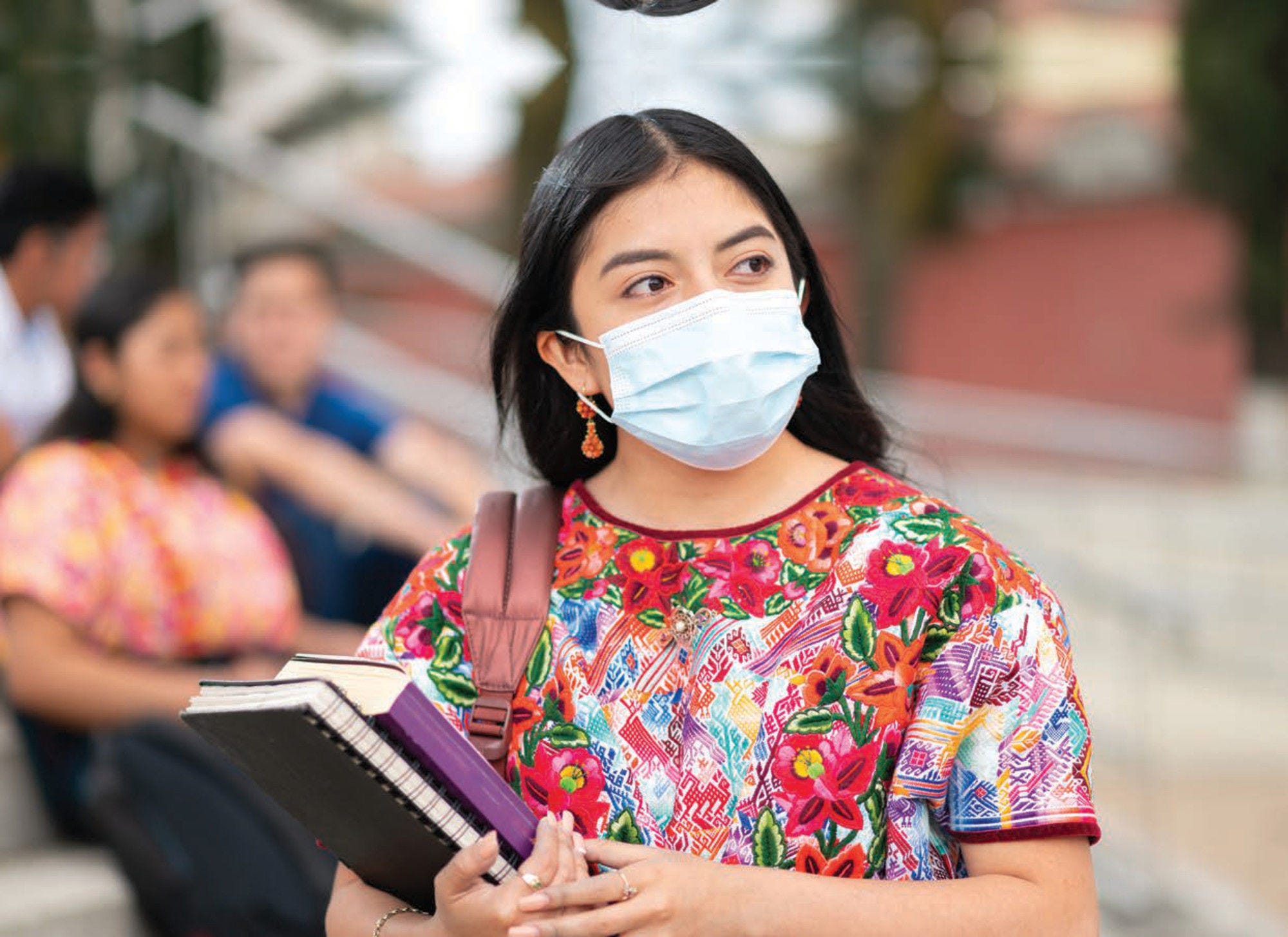Approximately 1.3 million people die each year as a result of road traffic crashes, and these represent the leading cause of mortality amongst people aged 5‑29 years. There is great disparity by income, with 93% of deaths resulting from road traffic happening in low- and middle‑income countries (WHO, 2022[1]). The burden of road traffic injuries falls disproportionately on vulnerable road users – pedestrians, cyclists, and motorcyclists. Road injuries will cost the world economy USD 1·8 trillion (constant 2010 USD) in 2015‑30, which is equivalent to an annual tax of 0.12% on global gross domestic product (Chen et al., 2019[2]). The SDG 3 target aims to halve the number of global deaths and injuries from road traffic crashes by 2020, while SDG 11 relates to providing access to sustainable transport systems for all, improving road safety, and expanding public transport.
In 2019, LAC30 countries reported 18.2 deaths per 100 000 population due to road traffic accidents (Figure 4.20). In Dominican Republic and Venezuela, there were over 64 deaths per 100 000 population because of road traffic injuries in 2019, followed by Venezuela and Saint Lucia with over 29 deaths. On the other end, Saint Vincent and the Grenadines, Bahamas, Grenada, Barbados, Cuba, and Trinidad and Tobago had the lowest road traffic death rates, at less than 10 deaths per 100 000 population.
The five key risk factors in road traffic deaths and injuries are drinking and driving, speeding, and failing to use motorcycle helmets, seat belts and child restraints (Table 4.1). In addition, distracted driving is a growing threat to road safety considering the use of mobile phone and other in-vehicle technologies. Texting causes cognitive distraction and both of manual and visual distraction as well. Even talking on mobile phones without holding or browsing a phone can reduce driving performance (WHO, 2022[1]). Since hands-free phone and hand-held phone are equally at risk of cognitive distraction, some national laws regulate both of the ways of using mobile phones (Table 4.1). Drinking and driving, especially with a blood alcohol concentration level of over 0.05g/dl (grammes per decilitre), greatly increases the risk of a crash and the possibility that it will result in death or serious injury. Furthermore, lower limit BAC limits (0.02 g/dl) for young people and novice drivers can reduce the risk of road crashes. Enforcement through random breath testing checkpoints is highly cost effective and can reduce alcohol-related crashes by approximately 20%.
Wearing a seat belt can reduce fatalities amongst front-seat passengers by up to 50% and amongst rear seat car passengers by up to 75%. A national law does not exist in Antigua and Barbuda, while several other countries do not require that all the occupants of a car wear a seat belt. Child restraint systems, such as child seats for infants and booster seats for older children, decrease the risk of death in a crash by about 70% for infants and up to 80% for small children. However, mandatory child restraint national laws exist only in 16 LAC countries.
In high-income countries, speed contributes to about 30% of road deaths, while in some low and middle‑income countries speed is the main factor in about half of road deaths. Speed limits are enforced by a national law in all LAC countries except in Venezuela. However, in several countries speed limits are not adapted at the local level (Table 4.1).
Wearing a motorcycle helmet correctly can reduce the risk of death by almost 40% and the risk of severe injury by over 70%. When motorcycle helmet laws are enforced, helmet-wearing rates can increase to over 90%. However, four countries do not have a regulation mandating helmet use. Motorcycle helmet wearing rate is very low in Dominican Republic, Guatemala and Jamaica, and in rural areas of most countries. Only Brazil, Chile, Colombia, Costa Rica, Cuba and Surinam report motorcycle helmet use over 80% in rural areas.

